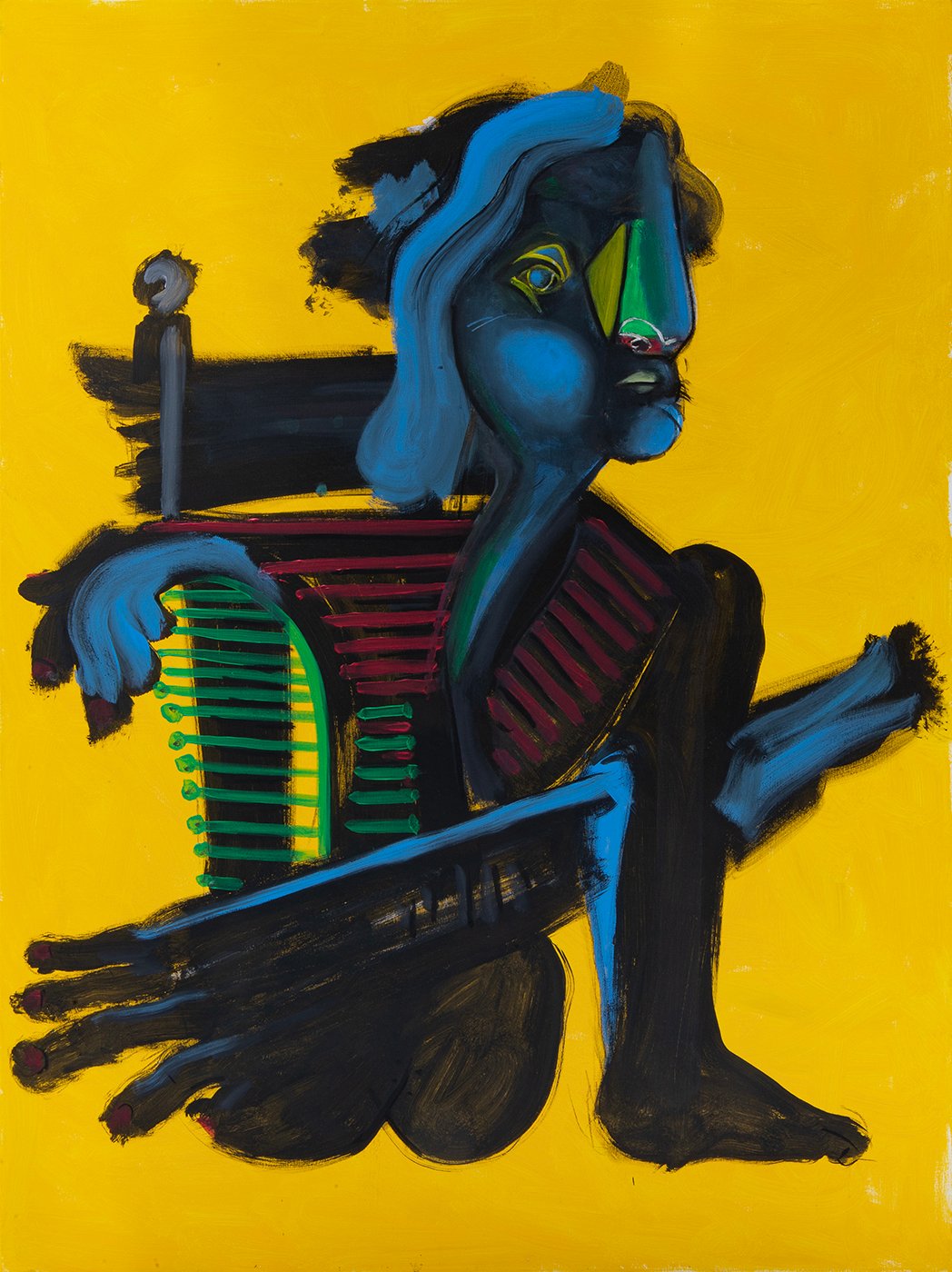
SAHD (Stay At Home Dad)
In his life, as in his paintings, Jacob Vilató (Barcelona, 1979) is not about blank canvases, but about constructing a story in layers with characters who would never have met elsewhere. As his works progresses, he discovers among strokes and colours the personas that will ultimately inhabit them, and a single artwork becomes the result of several merged stories. It is these stories, born from Vilatós limitless imagination, that we will get to immerse ourselves in as Vilató opens his first solo show at NoHo House Gallery in Barcelona, after a tour in prestigious galleries and museums in the US, China and Mexico.
The upcoming exhibition, presenting his series SAHD (Stay At Home Dad), explores the recurring analogy that equates artistic production with parenthood. In this case, it is stretched to include the transitional process and the sacrifices made to carry it out, as all aspects of this new life blend into a single territory that becomes a whole new world: home.
Vilató himself describes the analogy between artistic pursuits and parenthood as:
“SAHD, Stay At Home Dad, just like the one who doesn’t work. Because painting isn’t a job, is it? It’s one of those hobbies pursued out of passion, not requiring you to wake up every day of the week to go to the office. It’s also therapeutic and helps channel emotions, as ‘artists’ are usually seen as individuals who maintain an attitude of acceptance towards life. Leaving behind the respected job that extracts sweat from one’s brow and that others can understand, all for the sake of an allegedly greater good, a child.”
A child makes one more aware of the passage of time and demonstrates constant evolution. Parenthood injects a shift from the role of a child to that of a father, which enhances, or brings, contemplation and analysis, which will be necessary to pass on the cultural heritage.
The pieces of this family, the SAHD family, share the same essence but stick together like the best of siblings. Although most are conceived during the night, their characters are quite different. There are larger, brightly colored pieces in contrast to minimalistic formats that dwell in the monochromatic. The colors arederived from the Suite Assise, an intimate, serene, contemplative, and biographical series. The darkness of To Repel Ghosts is immediate, lazy, daring, and free.

